General Information
This web page provides information for volunteers who would like to conduct Big Microplastic Surveys on the northern coastline of the Isle of Wight. If you have never done a microplastic survey before can you please look at the various videos that explain the techniques. In particular please make sure you watch the Health and Safety video. You should also download and read the resource pack as it provides lots of detail about the equipment you will need, techniques and what we are looking for.
Once you get the hang of it surveys can be completed in about 30 minutes so hopefully you will have the time to undertake a couple. The beaches we would like to survey are at various locations around Ryde so depending on which beach you go to there may be a bit of walking involved and there may be access issues that you might like to consider. Let us know if you have any questions regarding this.

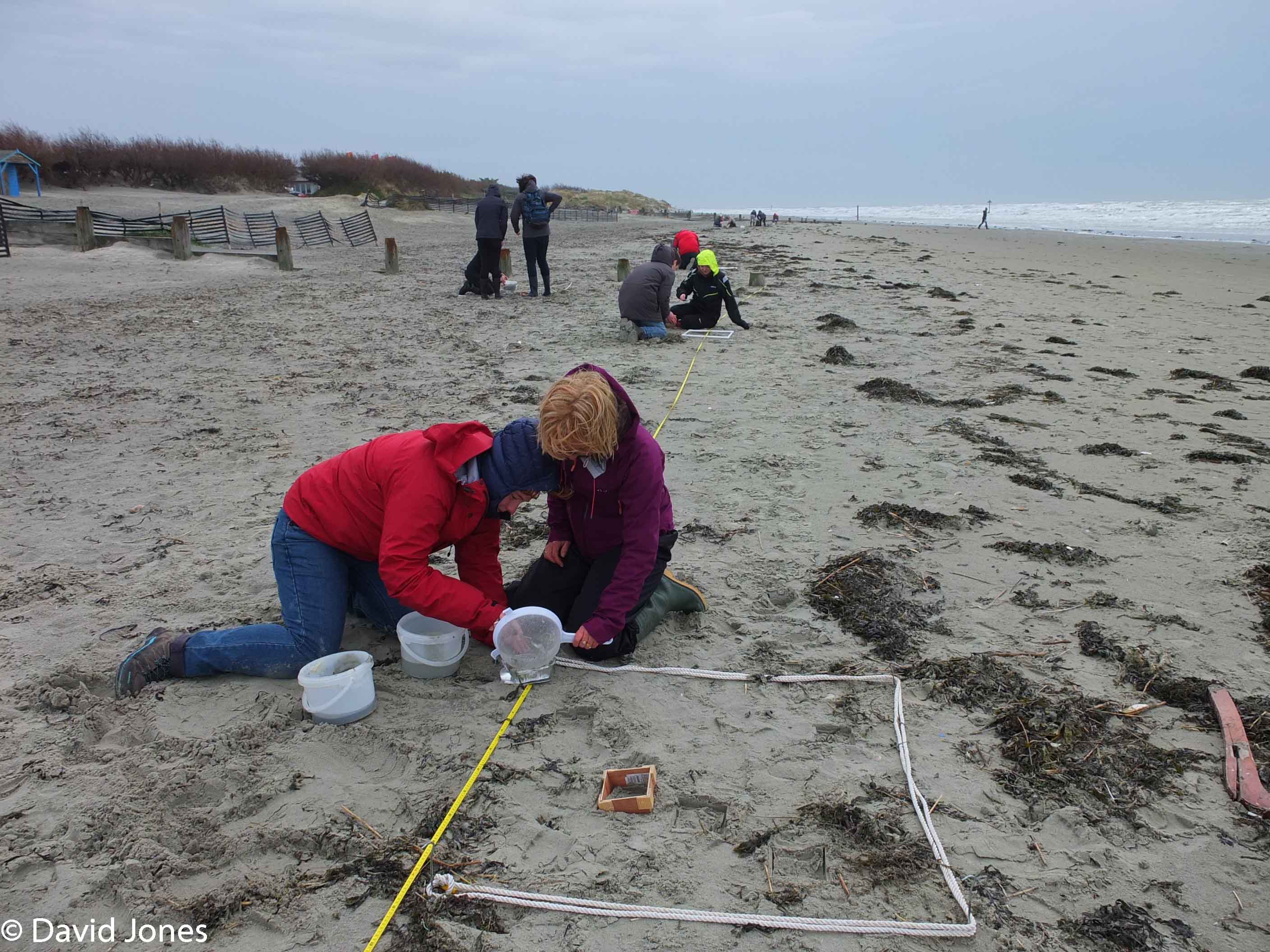
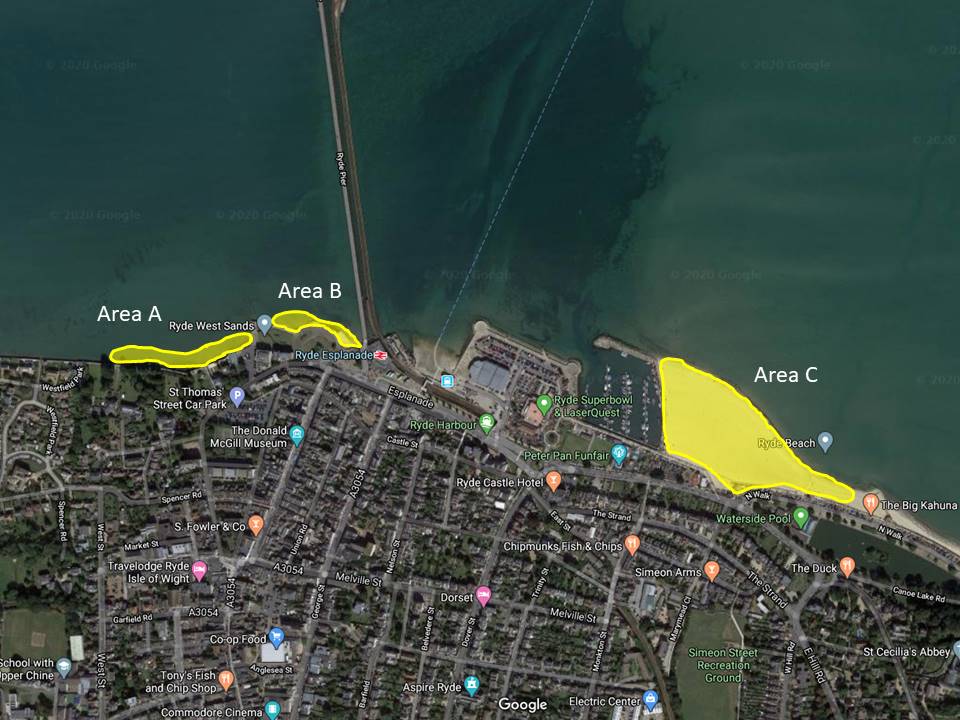
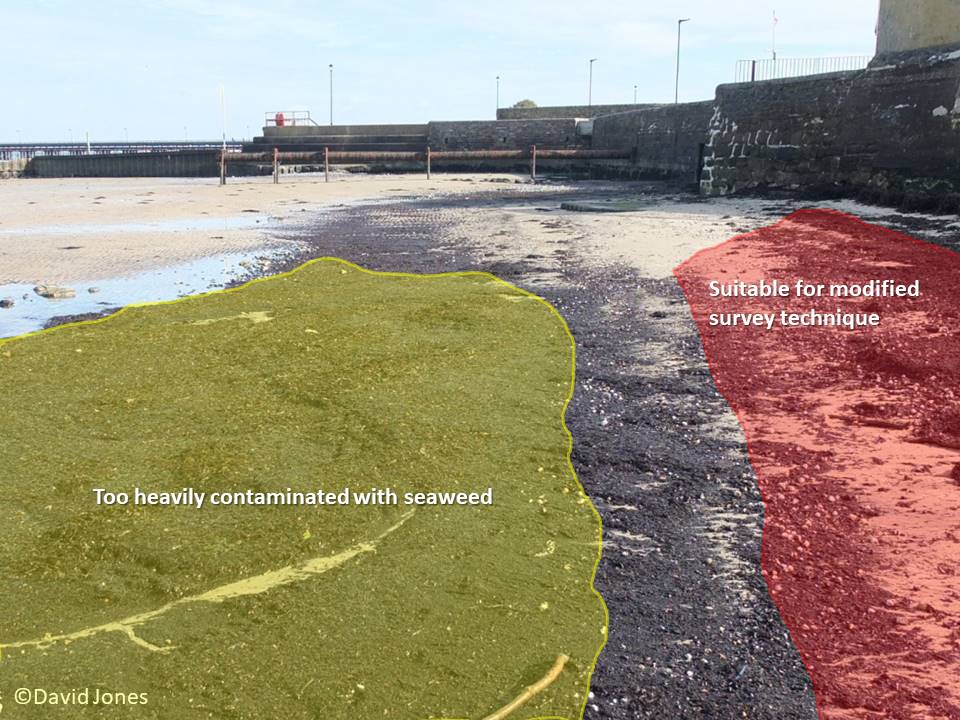
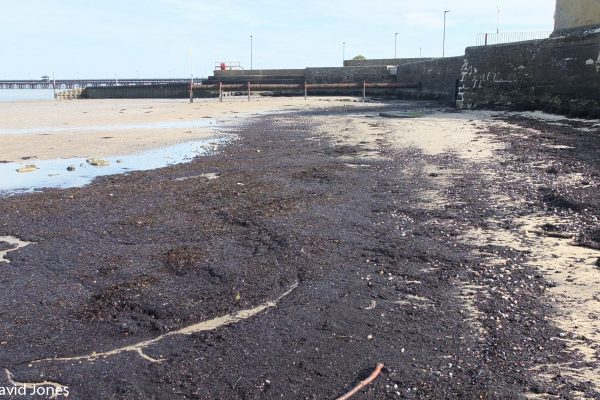
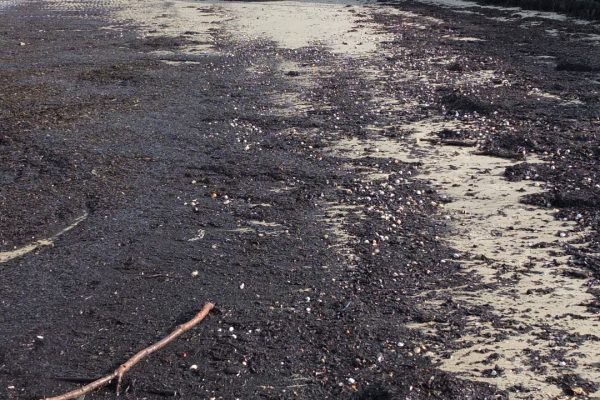
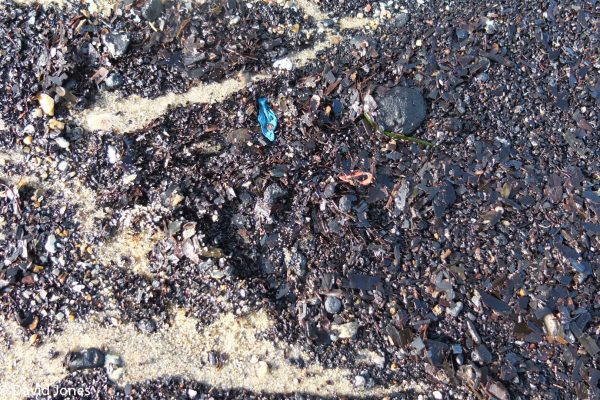
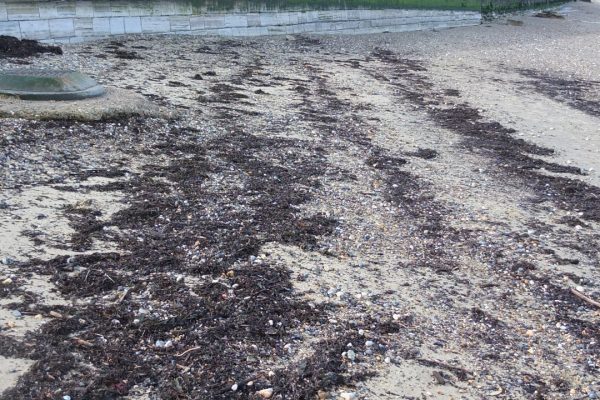
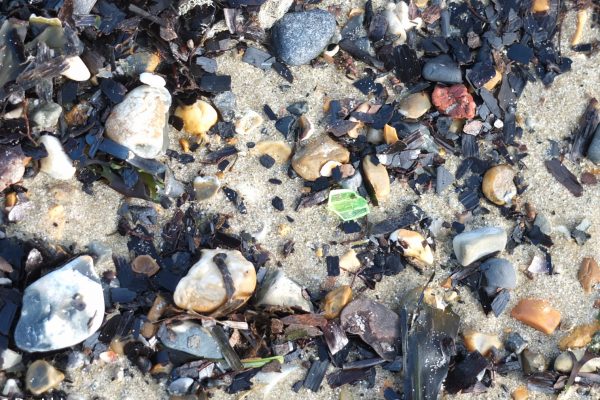
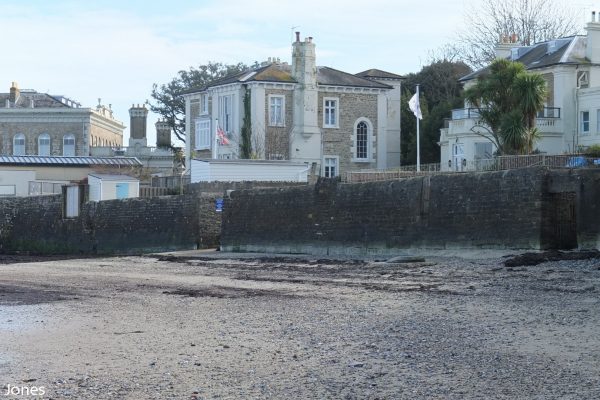
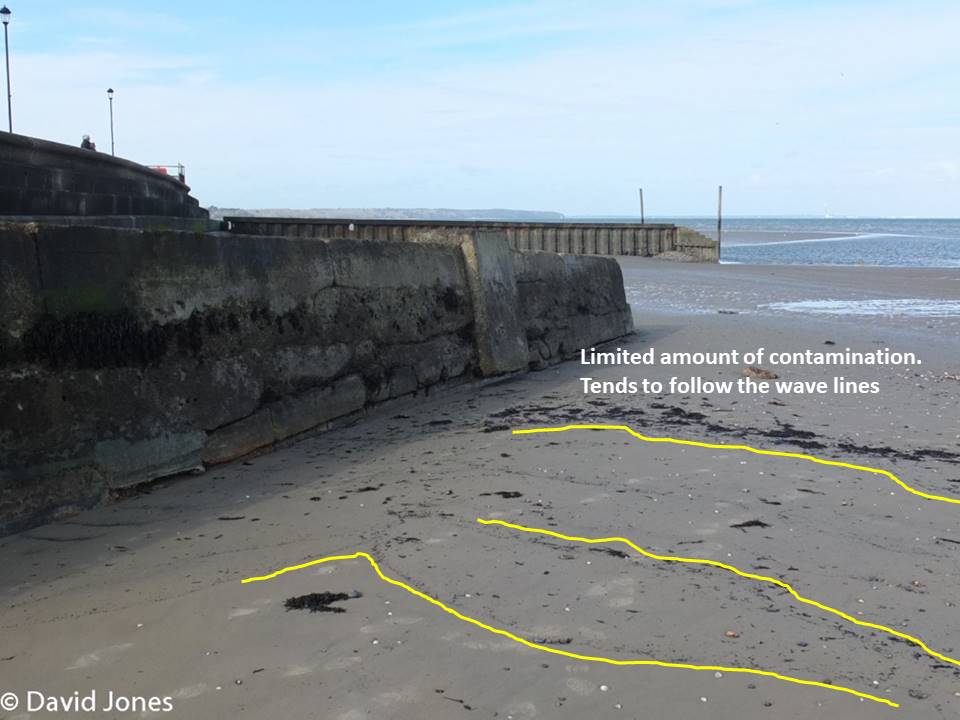
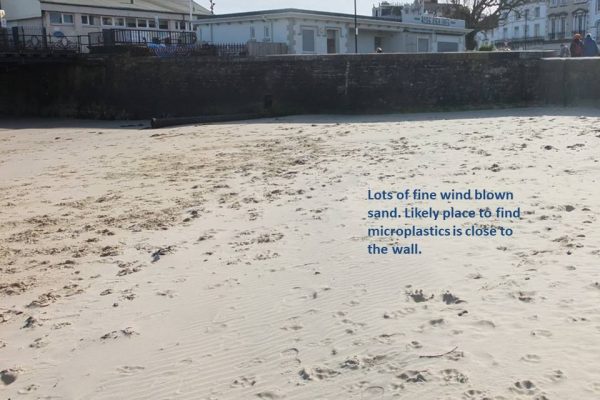
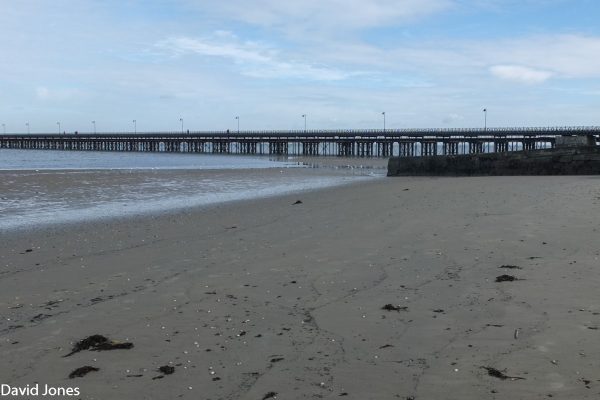

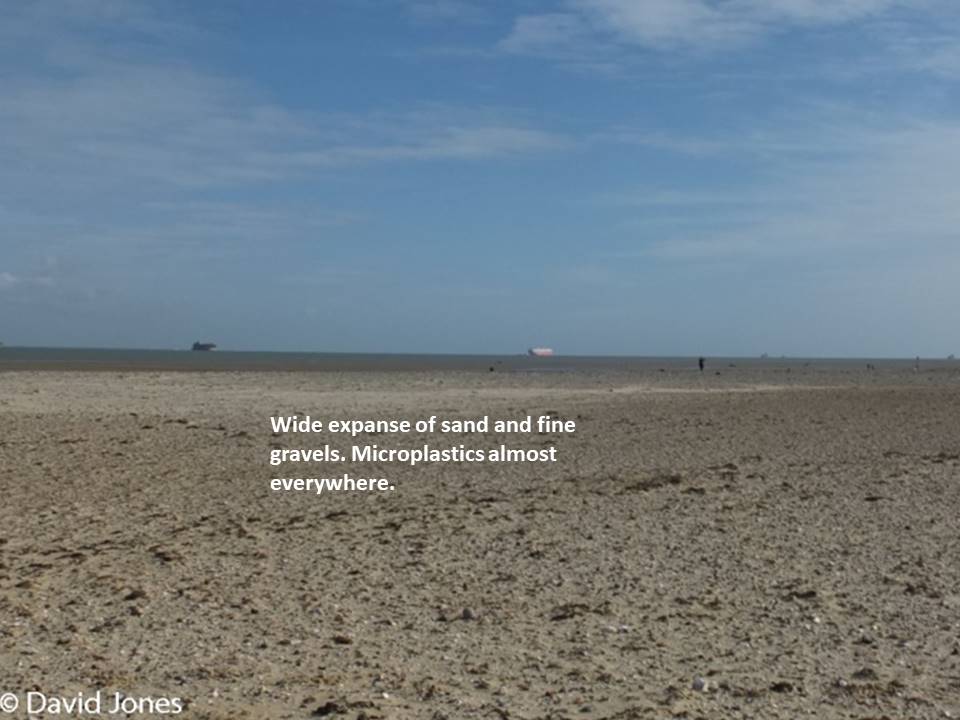
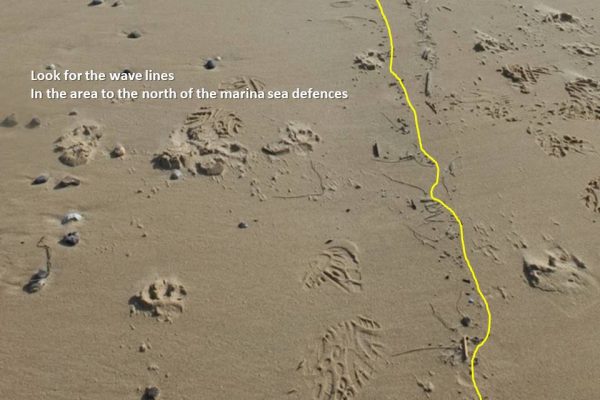
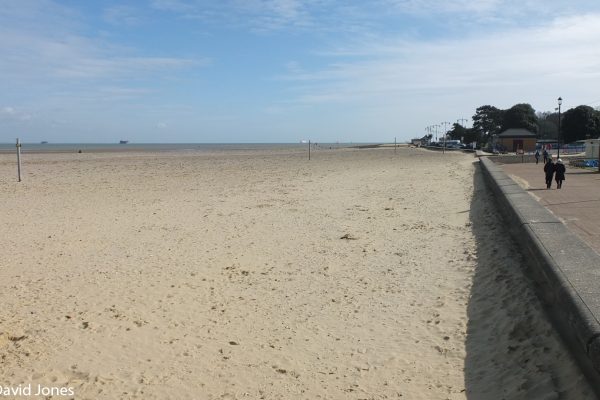
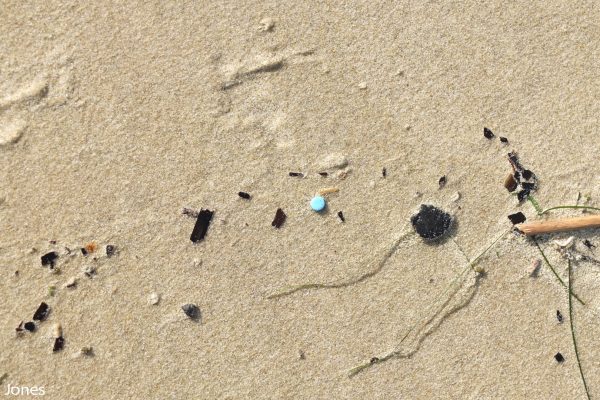
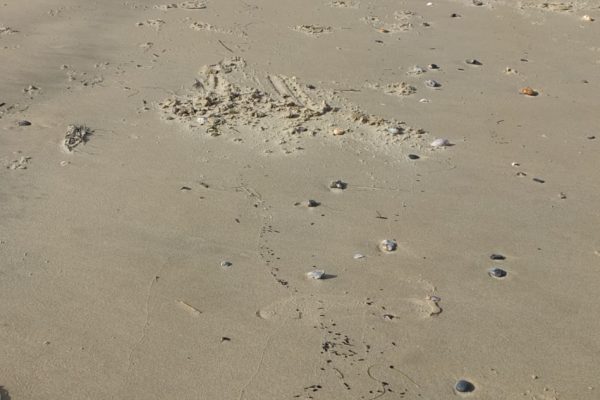
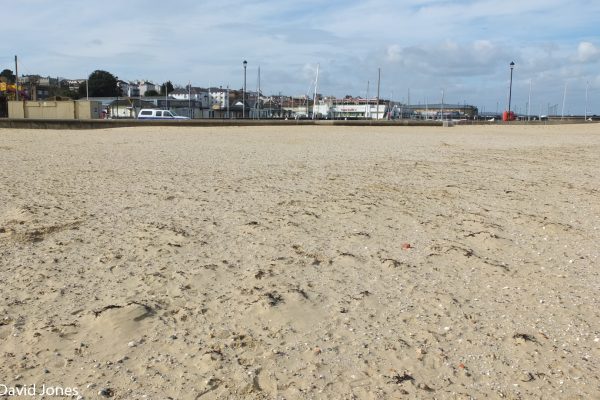
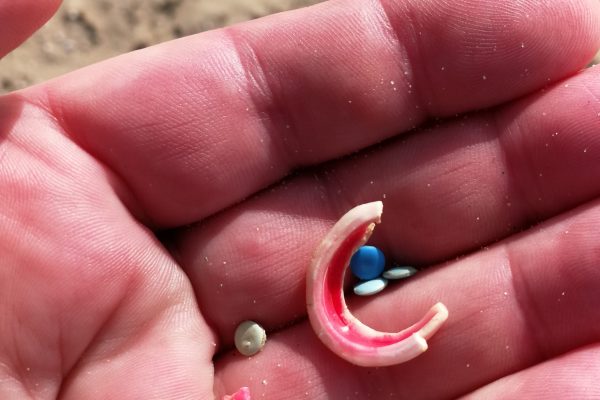
Excellent survey,
need to continue on a regular basis to find out the trends and sources of microplastic which is a burning question.
Can I bring my dog with me?